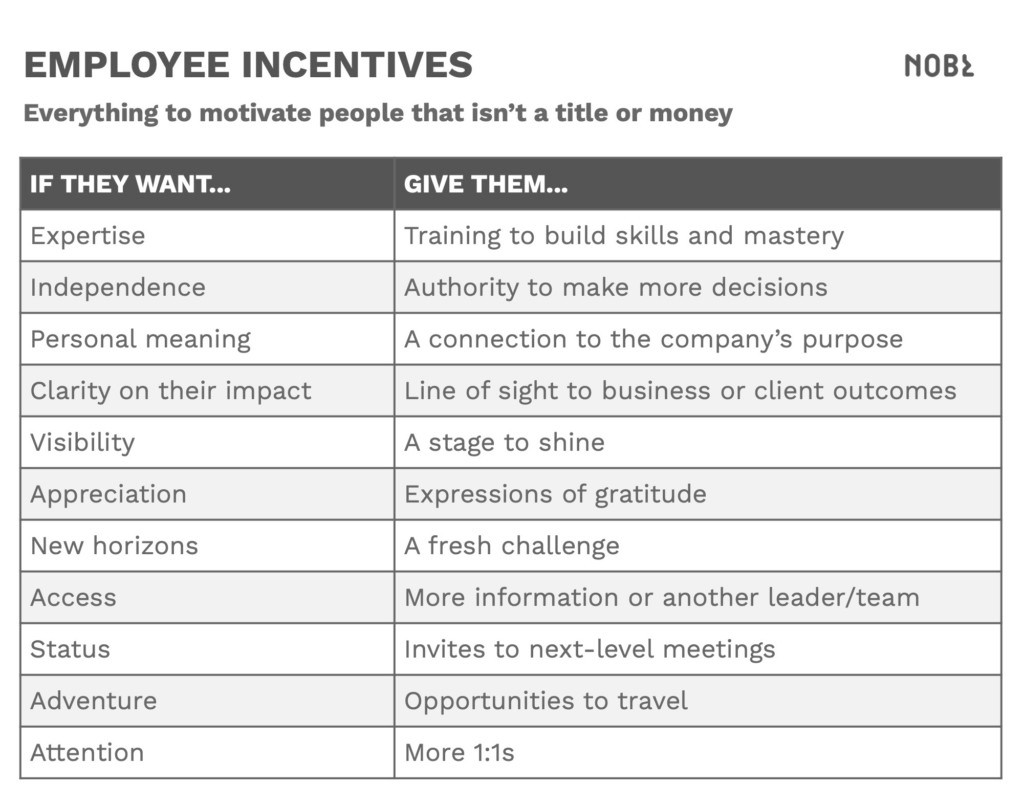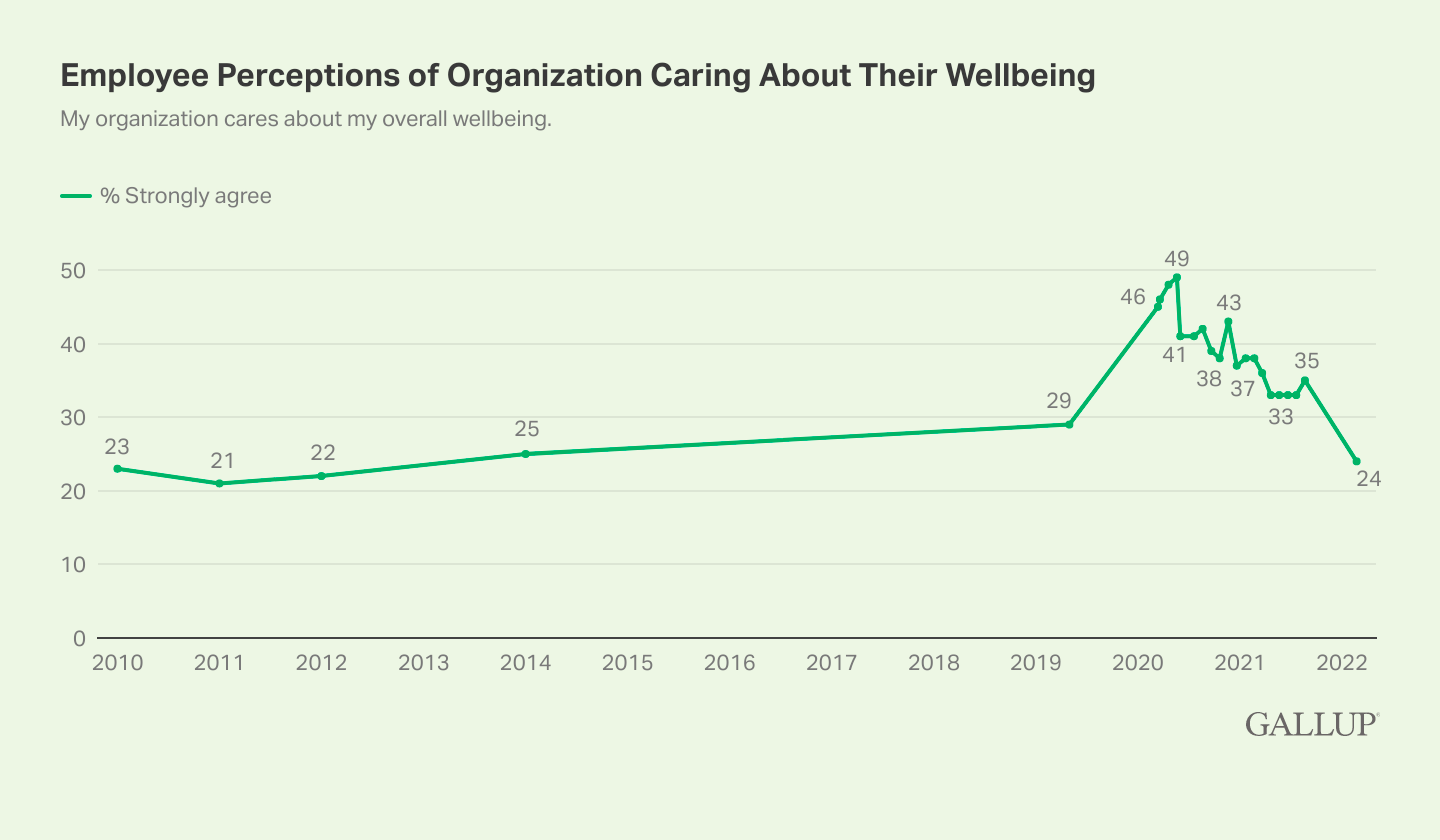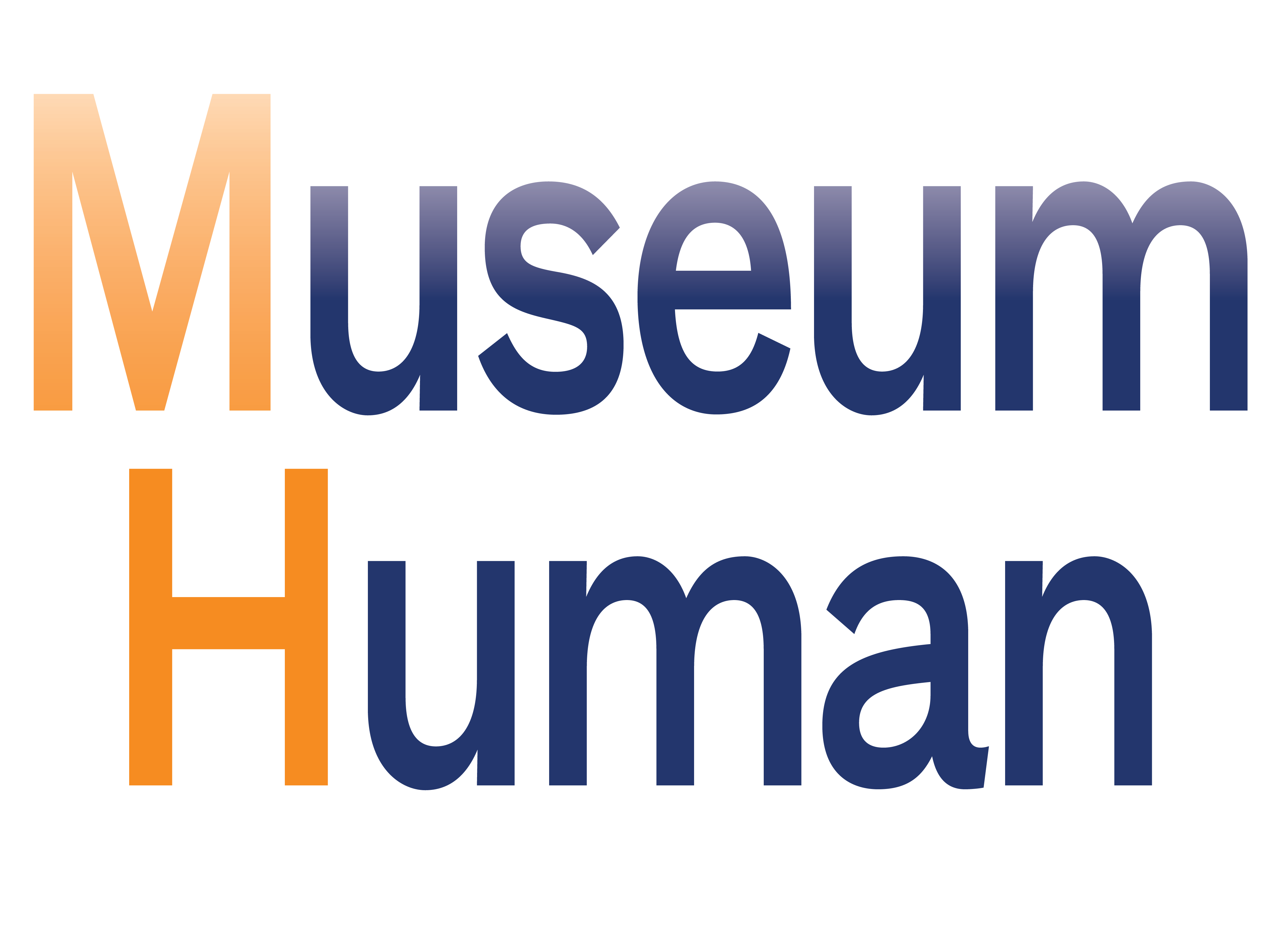
Organizations are too often centered on leaders. How can museums shift to centering the humanity of everyone?
If you're reading this and not a subscriber to Museum Human, consider scrolling to the bottom and signing up now—it's free and is the only way to read the site's longer weekly post on the organizational culture of cultural organizations and learn about special events only for members.
I was prepping for a subscribers-only event the past week, so the narrative around this week's ten links is shorter than usual—though the action-packed links are still there in all their glory.
The throughline this week is about mental states of workers and how these aggregate in unhealthy organizations. Museums have increased attention paid to "employee engagement." (Did you know that employee engagement is now a bs term? Since when? I blame orgs for their lip service with no follow-through. More on this later.) Being a learning organization, too.
But are all of these concerns just aimed at making workers more productive and docile, to re-center the organization? Leaders want to understand their workers, but the lead in creating holistic organizations must come from workers.
Check out these links, and enjoy!
One: Author Dan Pink has this interesting take on regret, emphasizing how poorly we're taught to deal with negative emotions.
Two: Quartz has this useful guide to decentering yourself and giving credit to others—as long as you're not patting yourself on the back about how much credit you give to others.
Three: Org design firm NOBL has this thought about doing "why people stay" interviews rather than boilerplate exit interviews—though both can be moot exercises, one in why the org is so great, the other on why the org isn't to blame for the person leaving. But hope springs eternal … and with a useful chart:

Gallup has a similar article on how managers can stop employee turnover:
Fifty-two percent of exiting employees say that their manager or organization could have done something to prevent them from leaving their job.
Four: Does change require workshops with pieces of paper stuck to the walls and sticky dots? This tweet got a lot of attention and laughs from museum folks:
We’ve written all your BIG IDEAS on giant pieces of paper stuck to the walls. You will each get five colored sticky dots …
— Shit Nonprofits Say (@nonprofitssay) March 10, 2022
Five: Organizations mention "human capital" but don't know how to define it, according to Harvard Business Review.
Six: While Gallup, home of grim workplace sentiment surveys, notes that workers' perception of how much their organization cares for their well-being plunged during the second year of the pandemic, after a rise attributed to the early days of remote/hybrid work:
Fewer than one in four U.S. employees feel strongly that their organization cares about their wellbeing -- the lowest percentage in nearly a decade.

Seven: HBR has further advice on how leaders can practice compassion and look out for the bottom line. It's good that it's not either/or but still concerning that compassion isn't considered a part of business sense.
Eight: Also from HBR, this article on innovative "learning pathways" beyond traditional HR-led courses had some bright ideas, but I still think the most important change we could make is to have all these classes led by colleagues. (Followed closely by ensuring there's enough time in our working day for these classes and the follow-through.)
Nine: I'll end my HBR tribute with this set of articles around workplace purpose—personal, organizational, and alignment of both. Museums clearly have a purpose, but how is that reflected in behavior other than perfectionism and overwork? Read all four of the articles and decide for yourself.
Ten: This Substack piece from Brian Stout on dismantling hierarchies made an important point that I sometimes fail to note—we need to dismantle "domination" hierarchies but not "developmental" hierarchies, where we learn from others with authentic expertise. Organizations in which workers have time to share and learn will have the latter.
Liberation
One of the essences of liberation is decentering ourselves from our attachments and our ego, the things that seem to give us shape and form but only in contradiction and opposition to everything around us. But this is itself a conundrum because our organizations, it can be said, want most workers to center the org while also allowing leaders and influential colleagues to be at the center of decision-making and activity.
So we have to take a step back from this dichotomy and realize that workers should be at the center of the org—but all of them, at the same time, and in a way that elevates the most vulnerable of them.
Not easy—but liberation isn't supposed to be.
If you're reading this and not a subscriber to Museum Human, consider signing up for a free subscription below—it's the only way to read the site's longer weekly post on the organizational culture of cultural organizations and learn about exclusive subscriber-only events. Thank you for reading!
cover photo by William Moreland / Unsplash [description: a hand holding a glass container on top of a striped wood table]

Links of the Week: April 1, 2022: The Center Cannot Hold by Robert J Weisberg is licensed under a Creative Commons Attribution-NonCommercial-ShareAlike 4.0 International License.






